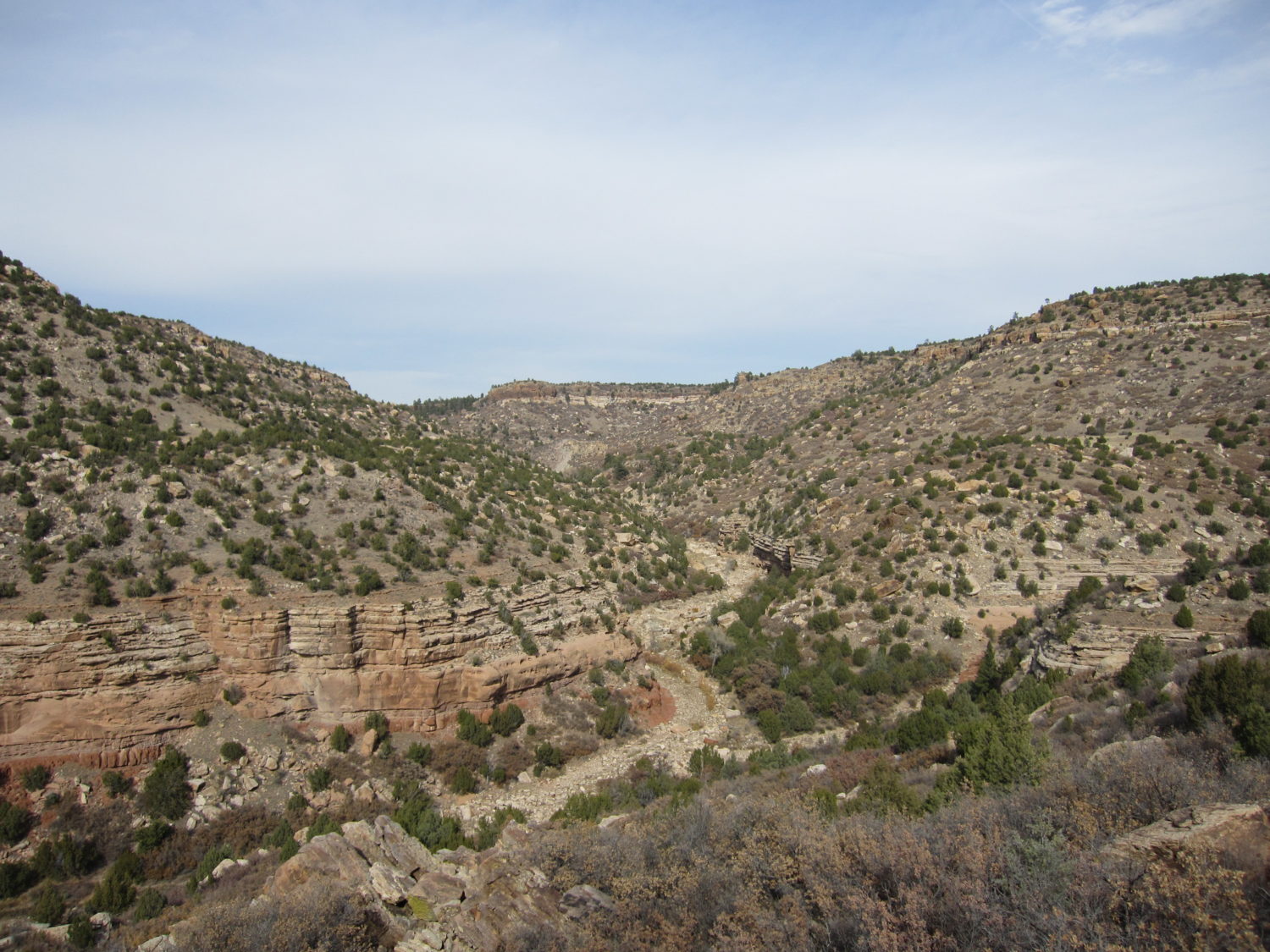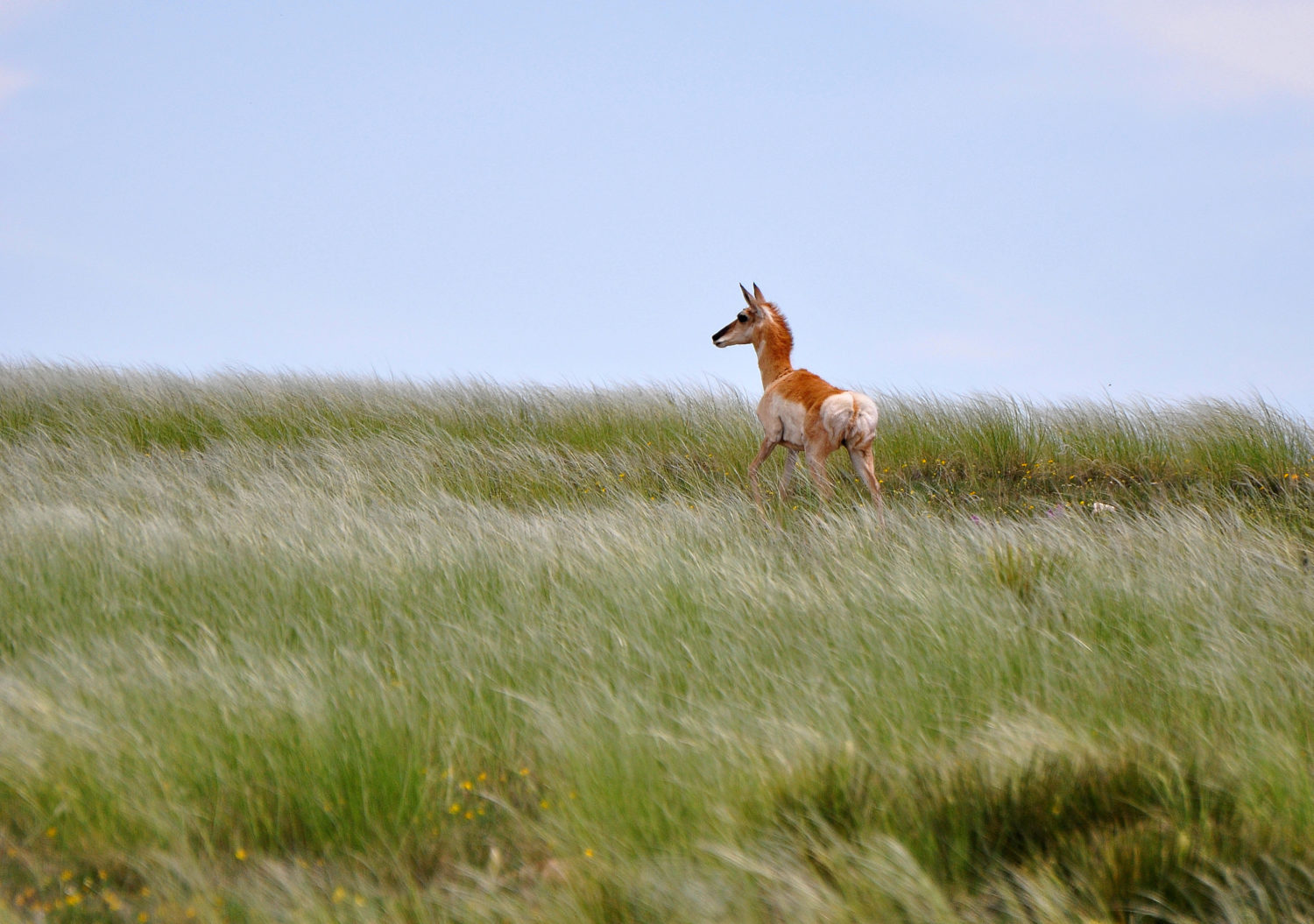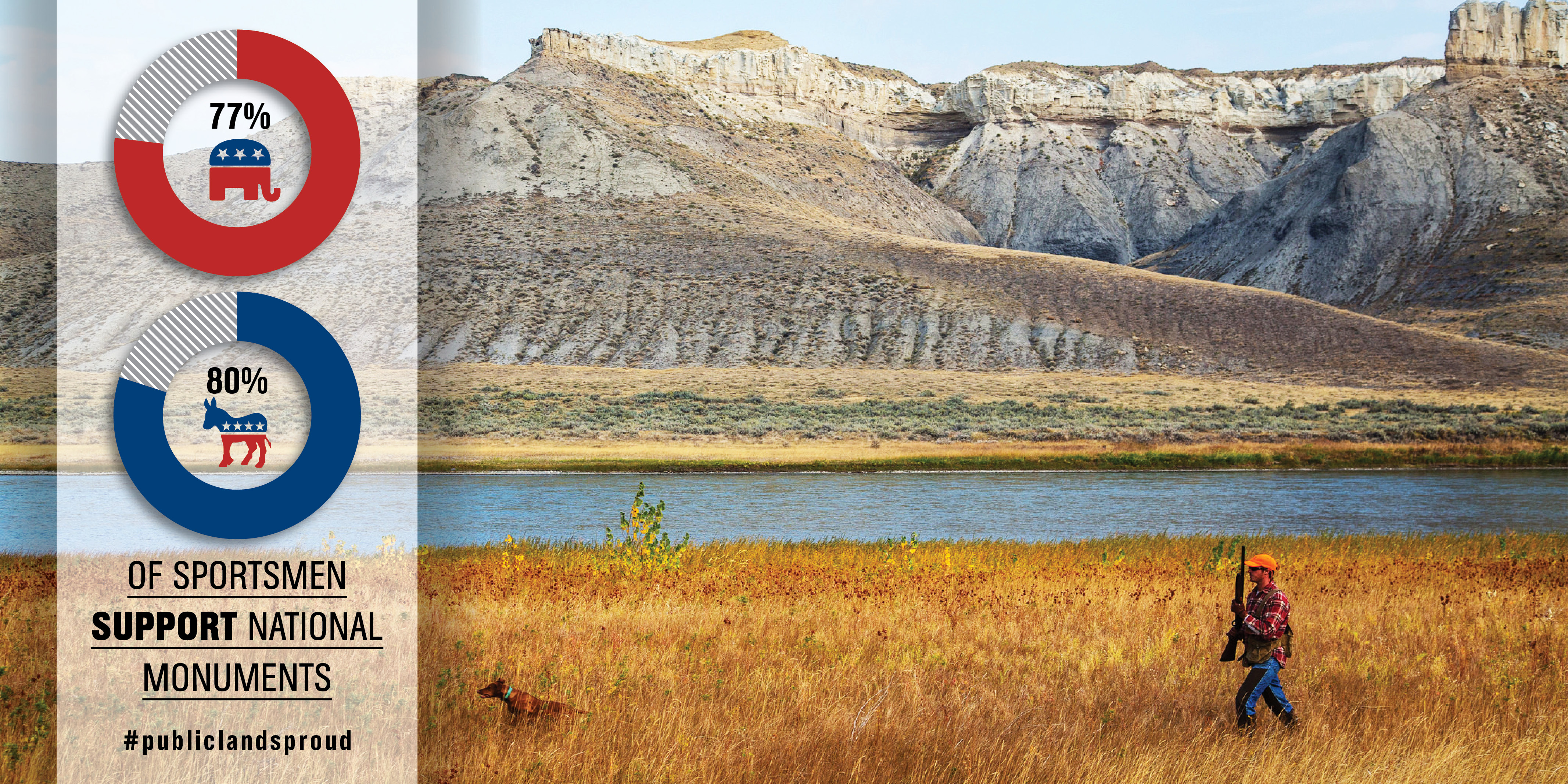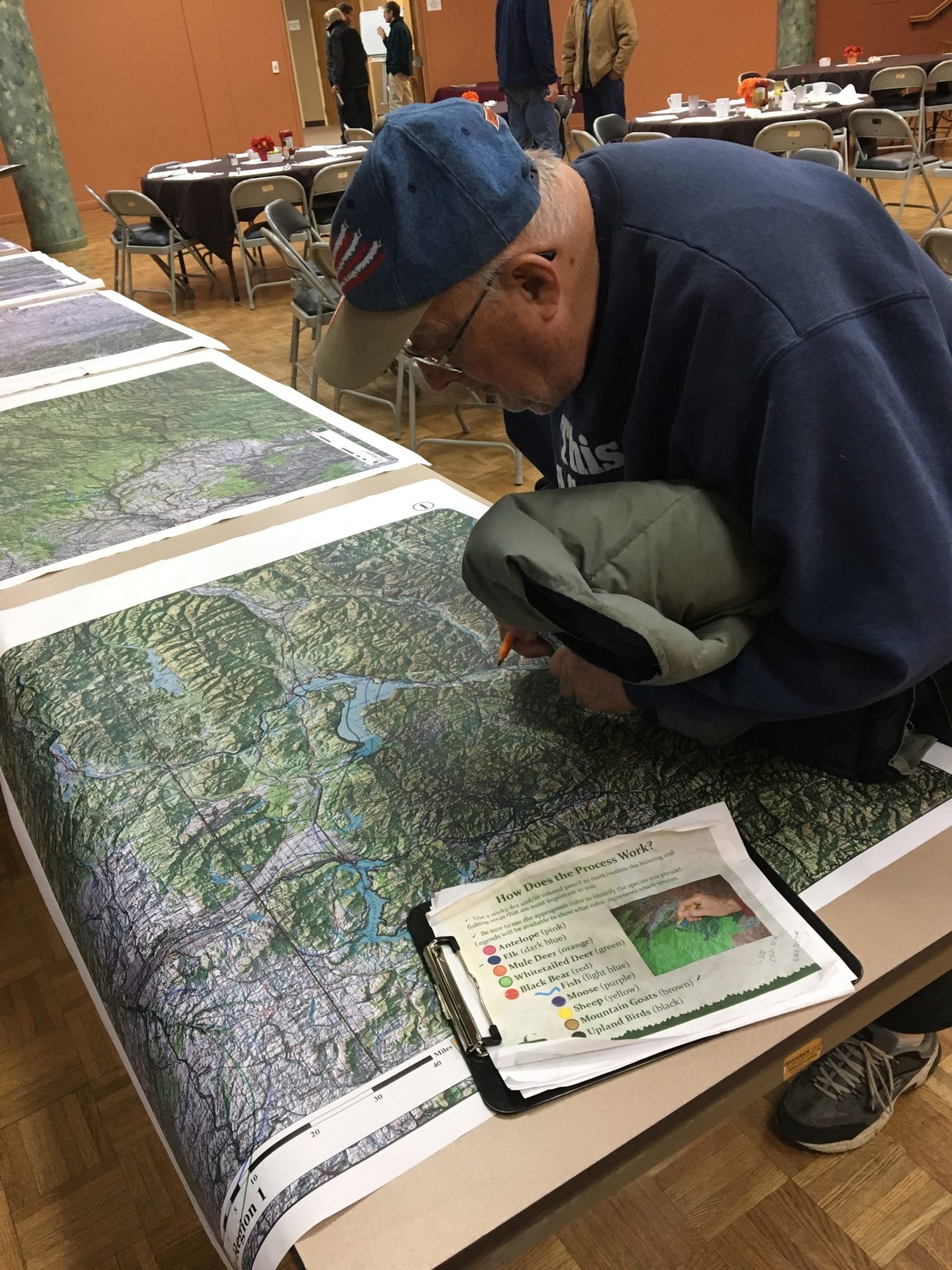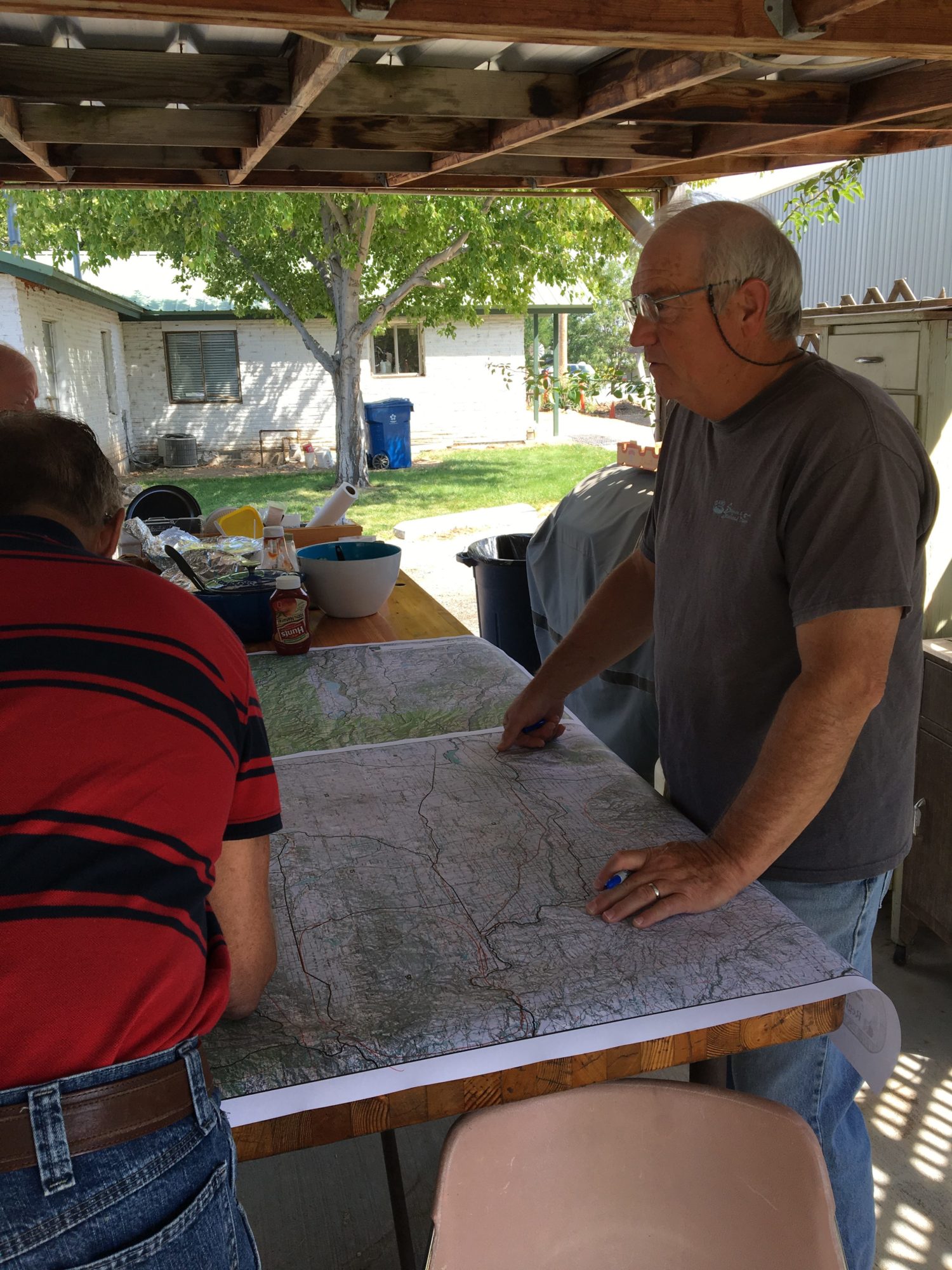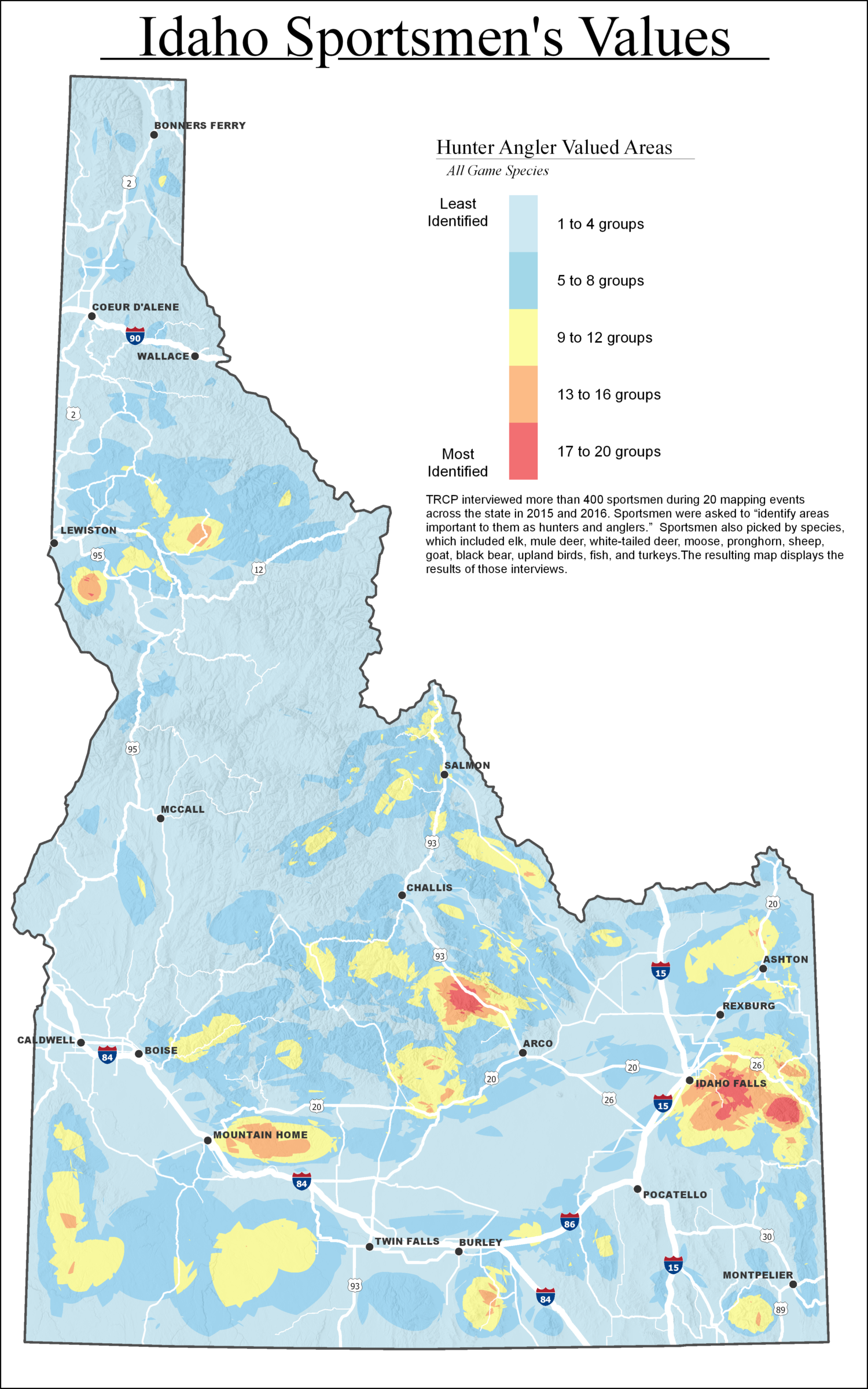Reopening conservation plans before they can be implemented is a premature step
Today, the Department of Interior and Bureau of Land Management announced that they will reopen the federal land-use plans for sage grouse conservation for amendments and published a 45-day comment period in the Federal Register. The action stems from a report generated by Secretarial Order 3353 and recommendations from a DOI-lead review team regarding several issues brought forth by the western states, local governments, and some stakeholder groups. While today’s notice opens the plans for additional comments, it does not necessarily mean they will be amended.
“We do not believe DOI and BLM fully exhausted all administrative options outlined in the report to the Secretary before deciding to pursue reopening the federal sage grouse conservation plans after just 2-years from their completion and with little implementation on the ground,” says Whit Fosburgh, president and CEO of the Theodore Roosevelt Conservation Partnership. “Some targeted amendments to the plans may be necessary and could be acceptable once all other options have been exhausted, but we do not support major changes from amendments to the federal plans.”
“The current federal plans already balanced the conservation and management of sage-grouse priority habitat with energy development and other multiple uses of public lands. Representatives from the oil and gas, wind, and grazing industries, among others, were deeply involved in developing the current sage-grouse plans. Expanding development within priority habitat would be ill-advised and invite further litigation. Any future changes to the conservation measures in the plans must be defensible and supported by past and current scientific information. The TRCP will continue to work with DOI and BLM, as well as the states, during this process to ensure issues are resolved and balanced without further compromise to the conservation of the sagebrush ecosystem.”
In a separate notice today, the BLM also canceled a proposed withdrawal of approximately 10 million acres in Sagebrush Focal Areas in Idaho, Montana, Nevada, Oregon, Utah, and Wyoming from mineral development.
“Mining, while not as extensive as other development, still has impacts on the sagebrush ecosystem and must follow conservation rules for sage grouse priority and general habitat. With or without designated focal areas, we expect the BLM to continue to hold future development to these existing standards.”

